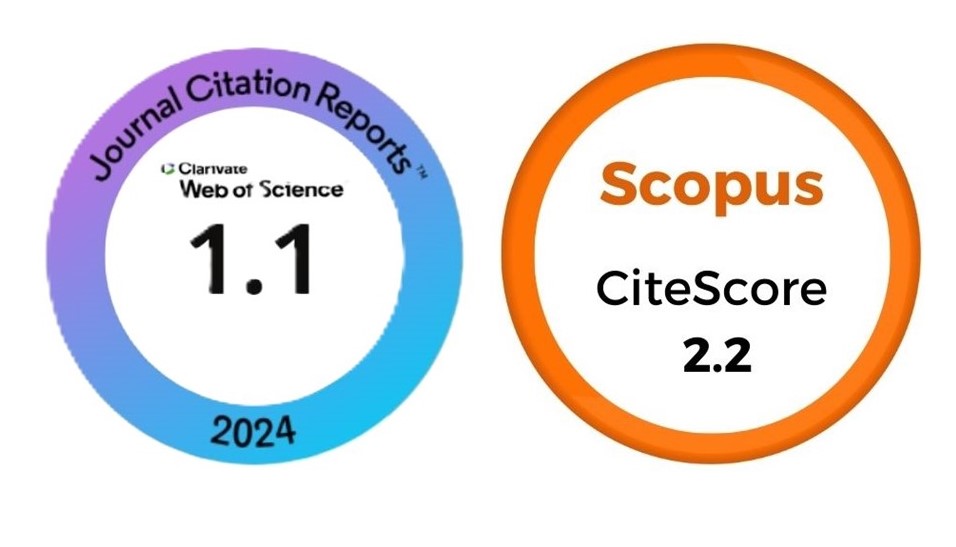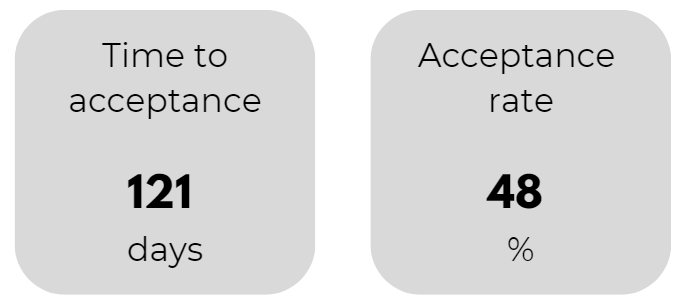TDZ and 2,4-D on in vitro propagation of panda plant from leaf explants
DOI:
https://doi.org/10.1590/2447-536X.v27i1.2251Keywords:
Kalanchoe tomentosa, in vitro propagation, plant growth regulator, plantlet acclimatization, succulent plantAbstract
The panda plant (Kalanchoe tomentosa Baker) is a popular ornamental succulent. The optimal method for in vitro plantlet propagation was investigated. Effects of plant growth regulator on growth and development of leaf explants were determined using various concentrations of Thidiazuron (TDZ) and 2,4-dichlorophenoxyacetic acid (2,4-D) at 0, 0.01, 0.1, 0.2 and 0.5 mg L-1. A concentration of 0.01 mg L-1 2,4-D gave the highest plantlet quality derived from direct organogenesis. Higher concentrations of 2,4-D promoted callus proliferation. The lowest concentration of 0.01 mg L-1 TDZ induced shorter shoots, while higher concentrations resulted in greater callogenesis and inhibit root production. After in vitro culture, plantlets from the optimal treatment were acclimatized by exposure to growth in sand, sand with coconut husk (2:1), sand with potting soil (2:1) and sand with perlite (2:1). Highest survival percentage (100%) was found in plantlets grown in sandy soil, the most well-drained material of those selected materials. Results demonstrated an alternative production method for panda plantlets using plant tissue culture techniques.








